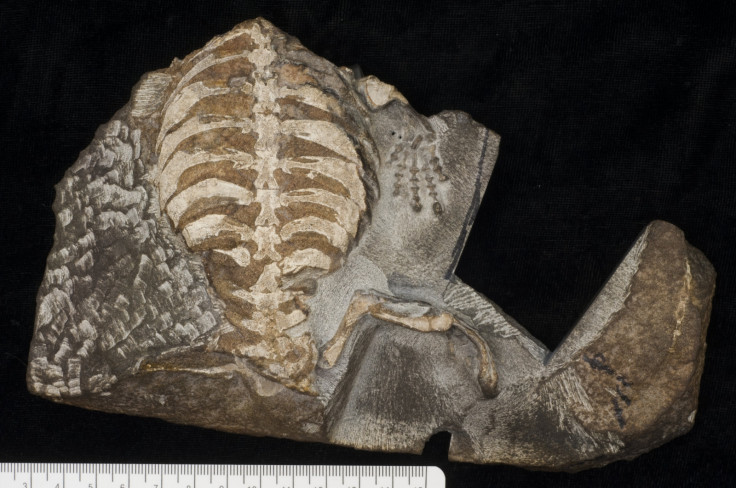Turtles developed shells to burrow underground rather than to protect themselves
260-million-year-old fossils show proto turtles spent a lot of time underground.

Turtles may have developed their shells not to protect themselves but rather to burrow underground, scientists from the Denver Museum of Nature & Science have said. Fossils of prehistoric turtles shows they may have spent a lot of time under the earth.
Why turtles developed shells is an evolutionary puzzle that scientists have tried to solve for many years. No other living vertebrate has so drastically altered its body to form such an impenetrable protective structure as the turtle, which makes the animal particularly fascinating to study.
Up to now, the hypothesis which scientists say makes the most sense is that shells acts as a protective shield between turtles and their predators.
However, the recent study, published in the journal Current Biology, comes up with another explanation: shells could have developed as an adaptive response to the first turtles living underground.
An ancient fossorial animal
To develop a shell, turtles first have to undergo a broadening of their ribs. This has a serious impact on both breathing and speed, as ribs are used to support the body during locomotion and play a crucial role in ventilating the lungs. Distinctly broadened ribs stiffen the torso, slowing down the turtles and interfering with breathing. Because of these disadvantages, scientists have long struggled to understand the evolutionary purpose of such a change.
In this research, they have analysed very original fossils of proto turtles known as Eunotosaurus Africanus and found in the Karoo Basin of South Africa 260 million years ago. One of the most interesting specimens – some 15cm-long - comprised a well preserved skeleton together with the fully articulated hands and feet.

A close look at the skeleton revealed that ancient turtles were fossorial animals – adapted to digging and to life underground. The study' authors thus believe that the initiation of rib broadening was an adaptive response to fossoriality – providing a solid base to operate a powerful forelimb digging mechanism. This rib broadening progressively gave way to the development of a carapace.
"Just like the bird feather did not initially evolve for flight, the earliest beginnings of the turtle shell was not for protection but rather for digging underground to escape the harsh South African environment where these early proto turtles lived", says lead author Dr Tyler Lyson from the Denver Museum of Nature & Science.
The adaptations related to fossoriality and the development of a shell likely facilitated movement of turtles into aquatic environments early in the groups' evolutionary history. This is an important finding as it also suggests that turtles may have survived the Permian / Triassic extinction event by going underground, 252 million years ago.
© Copyright IBTimes 2024. All rights reserved.







